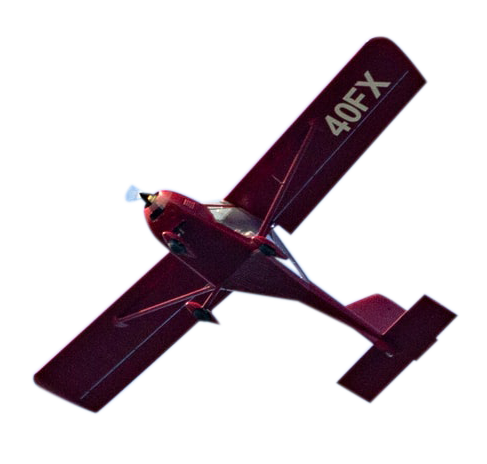 Danger Areas
Danger Areas
A Danger Area (DA) is an area of airspace within which activities dangerous to the flight of aircraft may be taking place. These activities usually involve some form of live military training or testing. The maximum altitude and hours of operation of DAs can vary so pilots should carefully check NOTAM in advance of their flight, similarly, upper levels may not always be depicted on VFR Moving Maps applications unless the information box is interrogated. DAs on official VFR Charts are all indicated by bold purple cross-hatched boundary lines with their identification number (eg EG D147) and associated effective altitudes (10.0 signifying 10,000 feet above mean sea level). DAs with a broken boundary line are activated by NOTAM.

A list of specific DA can be found in the UK AIP in the en-route (ENR) section 5.1. Entry into many DAs is prohibited within the Period of Activity of the DA without authorisation as listed at UK AIP ENR 5.1 by reason of byelaws made under the Military Lands Act 1892 and associated legislation
In the immediate vicinity outside of a DA, participating military aircraft may fly arrival, holding and departure patterns; pilots flying close to DAs are advised to keep a good lookout for such aircraft.
UK AIP ENR 5.1 only contains details of UK DAs which have an upper limit in excess of 500 feet above ground level. There are also many ranges (rifle, small arms etc) with upper limits of 500 feet above ground level or less; these are listed at UK AIP ENR 5.3. Pilots should therefore satisfy themselves that they are clear of such small arms ranges when flying at or below 500 feet. Temporary Danger Areas (TDAs) may be established at short notice around the scene of emergency incidents or other unusual aerial activity when it is considered that the activity associated with the incident could be hazardous to flight. TDAs will be notified by NOTAM, which may be supplemented by a yellow Aeronautical Information Circular.
A Special Use Airspace (SUA) Crossing Service is available for certain DAs. Where this is available the area is prefixed with a dagger symbol. The contact frequencies can be found in the official VFR Chart legend and the availability of their services in the UK AIP ENR 5.1. Pilots should call on the published frequency when approaching a DA to request a clearance prior to entry. The SUA Crossing Service Unit will, when the DA activity permits, provide a clearance for an aircraft to cross the DA under a suitable type of service. It should be noted that, dependent on the activity, it may not be possible to accommodate a crossing of a DA during its notified hours of operation.
The crossing clearance is only in relation to DA activity. The provision of deconfliction advice and/or traffic information in relation to other traffic, either inside or operating close to the DA, will be in accordance with the scope of the specific Air Traffic Service provided, i.e. Deconfliction Service, Traffic Service or Basic Service. Where possible, the pilot should provide the SUA Crossing Service Unit with an estimated crossing time. When used by a SUA Crossing Service Unit, the term ‘active’ means that the DA is notified as active and there is activity taking place. Where there is no possibility of confusion, the number of the DA may be replaced by the name, eg. ‘Danger Area Loudwater’.
A Special Use Airspace Activity (SUA) Information Service is available for certain DAs. Where this is available the DA is annotated by §. The Nominated Air Traffic Service Unit (NATSU) to be used are listed in the official VFR Chart legend. The purpose of the SUA Information Service is to enable pilots to obtain, via a NATSU, an airborne update of the activity status of a participating DA whose position is relevant to the flight of the aircraft. It is strongly emphasised that information obtained from a NATSU is only pertinent to the ACTIVITY STATUS of a Danger Area and is NOT a clearance to cross that Danger Area, whether or not it is active. Such an update will assist pilots in deciding whether it would be safe to penetrate the (inactive) area. The SUA Information Service does not absolve pilots from the responsibility of obtaining as much information as possible on a relevant DA by existing methods of notification, as part of normal pre-flight briefing procedures. Pilots are advised to assume that a DA is active, even if no reply is received from the appropriate NATSU, and pilots should AVOID the area.


